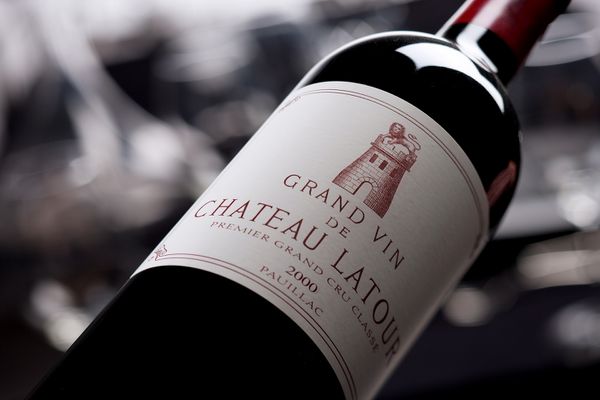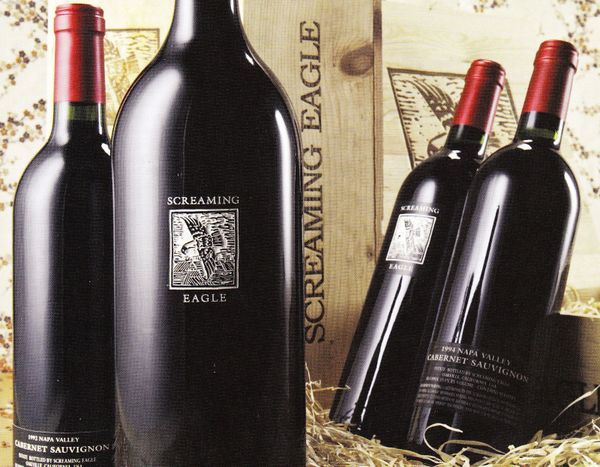UK inflation took a big step toward the BoE’s target – how does this effect wine investment?
The ONS announcement on the 15th November that UK inflation fell by nearly a third in October to 4.6% from September’s 6.7% level gave a boost to markets and no doubt the PM. The timing is perfect for Jeremy Hunt, just a week ahead of the Autumn Budget – finally a sunbeam of positive news in Downing Street!
What does falling inflation do to fine wine prices?
Traditionally, fine wine prices tend to be boosted by rising inflation, and investment wines are often used as a ‘hedge’ to protect capital whilst cash loses value as goods become more expensive. Rising inflation is a symptom of economic stress and tends to be coupled with volatility in financial markets. Tangible assets like fine wine have the added appeal at this time of providing stability and being ‘low risk’.
So, when the converse happens, i.e. lowering inflation, what effect does this have on fine wine? If, we look back over the last year, UK inflation has fallen from its peak of 11.1% in October 2022, notably a 41-year high, to 4.6% in October 2023.

Fine wine prices also reached their market peak in October 2022, following a period of growth which started in May 2020 becoming a bull-run stretching over two years. In the twelve months to 31 October 2022 fine wine prices had risen by 19.6% on average across all regions. Burgundy and Champagne, key market drivers, saw much larger gains with average 12-month returns of 37.5% and 42.7% at that time. Individual wines had even seen triple-digit growth.
Twelve months on to the end of October 2023, and over a period where inflation has fallen by nearly 7%, the Liv-ex 1000 records an average price fall of -12.6%. Champagne has seen an average price correction of -19.4% and Burgundy -15.4%. This has not been driven by falling inflation, rather a reduction in demand early in 2023 as the impact of the increasing cost of living hit businesses and consumers.
So the impact of falling inflation is indirect on fine wine and more a symptom of investors acquiring less generally.
What is happening to fine wine values now?
Buyers added further pressure on sellers in Q3 and the price adjustment has continued into Q4. However, there has been a faltering in the downward trajectory of regional indices and signs of the market approaching a point of resistance in the last couple of months.
There are indicators of pockets of growth, but buyers are still seeking ‘bargains’. Individual wines are achieving double-digit growth, but the general trend is we are still seeing price adjustment. The Liv-ex 1000 recorded a -1.4% decline in October. California was the only region that month recording a rise, seeing its fine wine prices up by an average 0.3% in the second consecutive month of growth.

Current prices are attracting investors back into the market to top up portfolios at prices offering significant scope for growth. Liv-ex has recorded increasing value and volume of trade in the secondary market each month since June.
Our view
Those investors looking to average down the cost of wine investments made at the height of the bull market, or are looking to invest in fine wine for the first time, have a real opportunity to pick up bargains. Burgundy investment wines are now more affordable than they have been for some time and an opportunity not to be missed for keen collectors and investors. Liv-ex analysis still show fine wine’s long-term performance delivers value for investors.
For more information see our latest Market Report and speak to a Vin-X expert on 0203 384 2262.

